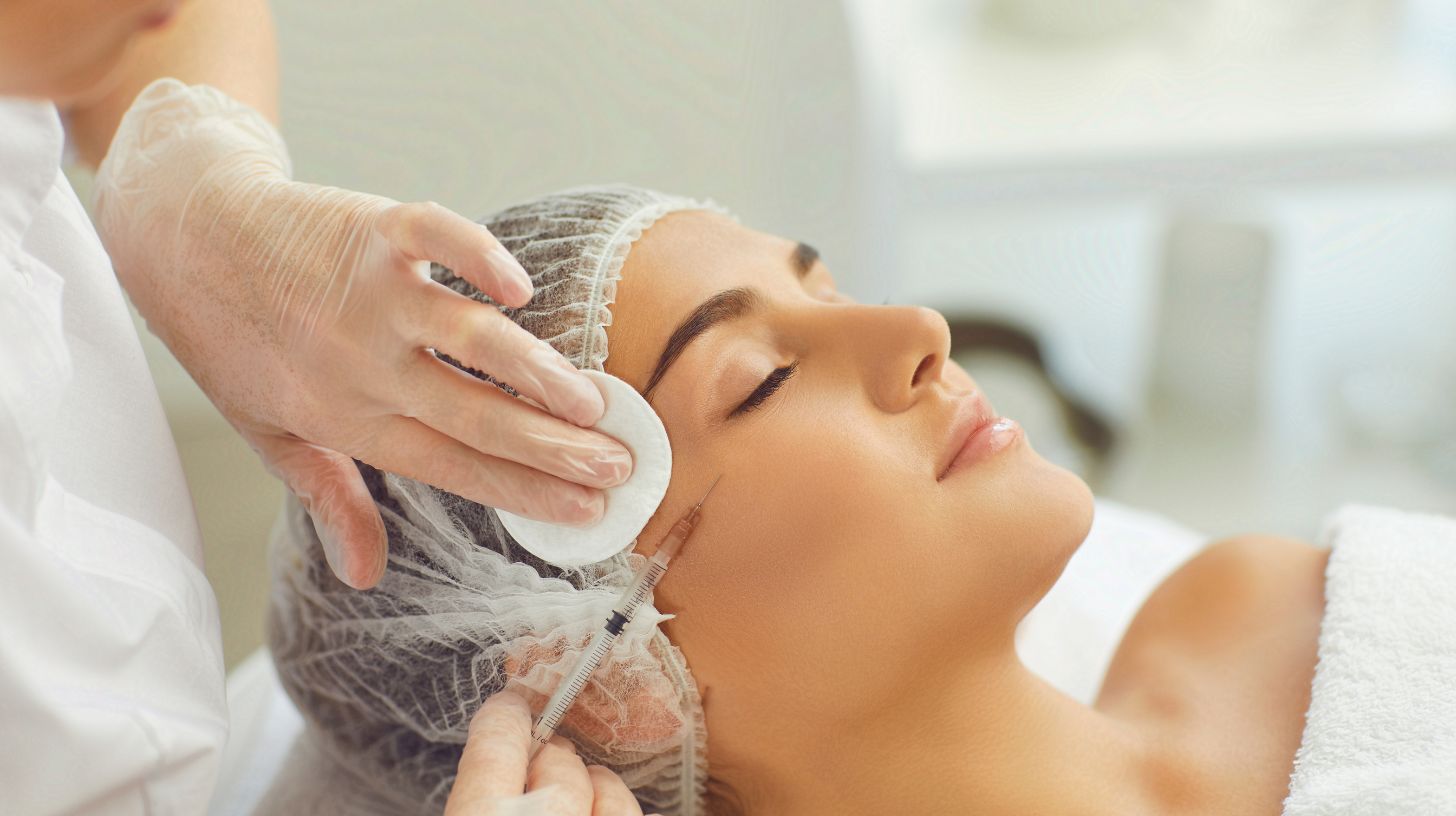Chemical peels are effective for reducing dark spots by exfoliating damaged skin layers and promoting new, even-toned skin. During treatment, a chemical solution is applied to target pigmentation, causing mild tingling or warmth. After the peel, expect redness, slight peeling, and sensitivity for a few days. With proper aftercare including gentle cleansing, hydration, and sunscreen skin gradually improves over 1-2 weeks. Multiple sessions may be needed for deeper spots, and results last longer with consistent skincare and follow-up treatments.
Understanding Chemical Peels for Dark Spots
Chemical peels use specialized acids to reduce dark spots and even skin tone. They incorporate ingredients that hydrate the skin, and a physician or surgeon often reviews patient history, including birth control use. In Dallas, treatments are tailored to address various dark spots, ensuring effective results under careful professional guidance.
Defining Chemical Peels and Their Purpose
Chemical peels involve the application of a specialized solution to exfoliate the epidermis and improve skin tone, particularly around areas like the neck. This medium-strength treatment offers a tailored approach that can be a complementary option for those considering weight loss enhancements or laser procedures for overall skin improvement.
The purpose of these peels is to diminish dark spots by resurfacing the skin and stimulating cellular turnover. Professionals advise that the treatment provides a balanced solution, improving the epidermis’s appearance and serving as an effective option for refining skin texture without surgery.
Common Ingredients in Chemical Peels
Chemical peels include a gel-based formula that works on dark spots by reducing the appearance of acne and wrinkle lines while incorporating soothing elements like ice and belotero balance. This arrangement of active components is designed to gently exfoliate the skin and restore a radiant texture:
- Gel-based exfoliating acids
- Soothe elements resembling ice
- Active agents to diminish wrinkle contours
- Components that assist with acne presentation
- Belotero balance for hydration support
The selected ingredients work in unison to remove dead cells and promote new cell growth, which helps even out skin tone and reduce dark spots. This blend of components is chosen for its balanced action on the skin, providing a clear improvement in overall appearance with each treatment session.
Types of Dark Spots Treated With Chemical Peels
The treatment efficiently targets various types of dark spots, particularly those resulting from excessive oil production and uneven skin tone caused by using the wrong type of lotion. The process addresses discoloration from past irritation while providing a clear treatment pathway supported by professional guidance.
Patients with a sensitivity that includes reactions similar to a mild sunburn or itch may find that well-managed medication protocols adjust the treatment to suit their needs. The approach ensures that every session is tailored to ease discomfort and improve overall skin texture safely.
Chemical peel for brown spots
Chemical peels for brown spots work by lifting pigment from the top skin layers using acids like TCA or lactic acid. A skin peel for dark spots focuses on sunspots, age spots, and uneven melanin patches. These treatments refine skin texture and lighten discoloration with each session. A customized chemical peel for brown spots is especially helpful for areas like the face, hands, and neck with visible sun exposure.
The Mechanism Behind Chemical Peels and Dark Spots
Chemical peels remove hyperpigmentation by boosting skin cell renewal and adjusting pigment levels. facial-treatmentsthat incorporate salicylic acid work effectively to renew skin, while post-treatment care using ibuprofen minimizes inflammation. The method also addresses issues similar to dandruff, ensuring a smoother and even skin tone.
Do chemical peels get rid of dark spots?
Yes, chemical peels get rid of dark spots by exfoliating damaged layers and speeding up skin cell turnover. A professional chemical peel for dark spots uses acids like glycolic or salicylic acid to break down melanin clusters and fade discoloration. A dark spot chemical peel targets pigmentation at the surface and helps reveal a more even skin tone. With a series of sessions, chemical peel dark spots treatments offer visible improvement in clarity and smoothness.
How Chemical Peels Work to Remove Hyperpigmentation
Chemical peels remove hyperpigmentation by accelerating outer skin cell turnover, which promotes healing and improves overall skin health through glycolic acid. This process helps remove accumulated pigment and refines skin texture, making the treatment a practical option for individuals seeking visible improvements and reliable results:
| Factor | Effect |
|---|---|
| Glycolic Acid | Promotes skin cell renewal |
| Healing | Enhances recovery and tissue regeneration |
| Health | Improves skin appearance and balance |
The treatment works efficiently by breaking down pigment clusters and invigorating the skin, similar to the effects of a precise waxing technique that removes unwanted layers. Professionals advise regular contactwith a specialist during the treatment process to ensure a controlled application and monitor the healing phase effectively.
The Role of Skin Cell Renewal in Treatment
Skin cell renewal is vital for restoring even color and reducing dark spots, as it encourages the removal of old cells and the formation of new, healthy ones. Experts note that using a mild cleanser during treatment can support this process, much like dermabrasion gently removes surface impurities to prepare the skin for improved regeneration.
Specialists report that speedy cell regeneration improves skin texture and reduces the risk of a keloid response after an injury.
Impact on Melanin Production
Chemical peels adjust melanin production with precision, helping to reduce dark spots while promoting an even skin tone. Specialists stress the importance of keeping the skin hydrated with water and protecting it with sunscreen, as this minimizes the risk of actinic keratosis and skin disease often associated with indoor tanning.
This treatment process encourages gradual skin renewal, resulting in improved pigment balance and smoother appearance. Professionals advise that routine follow-ups and proper post-treatment care, including daily sunscreen application and adequate water intake, contribute to long-term benefits and protection against further pigment irregularities linked to environmental factors.
What to Expect Before a Chemical Peel
This section outlines the initial consultation and skin assessment, pre-treatment instructions involving petroleum jelly and alcohol preparation, and a discussion of potential risks. The patient also learns about supportive measures like iv-therapyand coordinated body treatments, ensuring they are well-prepared for a safe and effective procedure.
Initial Consultation and Skin Assessment
The preliminary appointment at slimming solutions med spainvolves a detailed skin assessment, where professionals evaluate conditions like sensitive skin and signs of ageing. They also discuss the incorporation of vitamins in your routine to ensure the treatment minimizes irritation and optimizes results.
During this session, experts gather your medical history and discuss any previous skin concerns, helping to tailor the process specifically for individuals with sensitive skin. This careful consultation ensures that the treatment enhances skin health while addressing the challenges of ageing, with attention to potential irritation during the procedure.
Pre-Treatment Instructions for Best Results
Patients receive clear guidance on pre-treatment instructions during their consultation at our practice, ensuring they understand the risk factors involved with chemical peel therapy and how properly preparing can lead to improved results. Professionals stress the importance of following instructions carefully while continuing to use gentle cosmetics to avoid any skin irritation, such as a pimple flare-up, before the treatment.
Pre-treatment steps include a routine skin regimen approved by experts, which reduces potential risks and maintains skin balance ahead of chemical peel therapy. This approach, backed by the detailed protocols at our practice, helps safeguard skin health while optimizing treatment outcomes, making it a trusted process among those seeking cosmetic enhancements.
Potential Risks Discussed With Your Specialist
Specialists discuss the potential risks involved in a chemical peel, ensuring the procedure maintains high accessibility for individuals with varying skin types. They explain how ingredients such as phenol require careful application, and they address concerns regarding ultraviolet exposure that may influence treatment outcomes.
Experts also warn about possible moisture loss and contraindications for patients managing conditions like rosacea. They provide actionable insights and practical examples to help patients understand the balance between benefits and risks during the assessment period.
What Happens During the Chemical Peel Procedure
The treatment process is explained with clarity, outlining each step from initial exfoliation to antioxidant support. Patients are guided by their medical history as sensitive skin reactions are addressed. A typical session lasts a set duration, with immediate care involving gentle cleansing with petroleum-based products to soothe the skin and balance sensations throughout the procedure.
Step-by-Step Overview of the Treatment Process
The chemical peel treatment begins with a thorough skin condition assessment, where professionals explain the process and set clear expectations. The specialist ensures that every step minimizes the risk of scar formation and maintains a natural appearance without the need for plastic surgery interventions.
During the procedure, a controlled application of the chemical peel promotes even skin tone and supports a smooth regeneration process. Post-treatment instructions emphasize the importance of gentle exercise routines and a healthy lifestyle to optimize recovery and prevent complications.
Sensations and Reactions During the Peel
During the chemical peel, patients may experience mild warmth and tingling as the solution works on reducing spots and balancing skin care routines while supporting overall health wellness. Professionals note that these sensations are generally short-lived and do not affect underlying conditions such as liver issues or dermatitis, ensuring a safe treatment experience.
Practitioners observe that many individuals report a slight burning sensation during the peel, which indicates active skin cell turnover and progress toward even skin tone. This response helps to confirm that the treatment is effectively addressing dark spots while maintaining a focus on health wellness and careful skin care management.
Duration of Treatment and Immediate Care
The treatment session typically measures between 30 and 60 minutes, allowing precise application and careful management of the solution to target melasma and reduce dark spots. Professionals ensure that protocols account for patients who may be using isotretinoin, while avoiding any direct impact on melanin production and minimizing the risk of a wound.
The immediate aftercare involves gentle cooling and prompt cleansing, along with clear instructions for avoiding harsh products such as those used in injectables-fillers.
Post-Treatment Care and Expectations
The treatment process often triggers mild reactions such as facial redness and slight inflammation, highlighting active cell renewal. Following clear skin care recommendations is essential for preventing hyperpigmentation while managing discomfort. Detailed guidance on easing side effects and caring for treated areas under low-light conditions supports a smoother recovery process.
Typical Reactions Following a Chemical Peel
The skin may exhibit temporary redness and mild swelling immediately after a chemical peel, while professionals monitor any reactions similar to a slight burn from a potent acid. Observations indicate that treatments using retinol and similar active ingredients occasionally trigger concerns for individuals monitoring hair loss, although such effects are rare and generally managed with careful follow-up.
Patients could experience a brief tightness and minor peeling as the skin begins its healing process following the acid application. Medical experts advise a gentle skincare routine to support recovery, especially in cases of sensitive skin during pregnancy or concerns involving hair growth, and provide clear instructions to manage potential side effects using targeted products:
| Phase | Observation |
|---|---|
| Immediate Reaction | Mild redness and swelling |
| Healing Process | Peeling and tightness that gradually resolve |
| Support Measures | Use of retinol and gentle care for hair concerns |
Recommendations for Skin Care After Treatment
After chemical peel treatment, professionals advise the use of a cream containing vitamin c to support the skin’s natural healing process. Patients benefit from products that combine gentle lactic acid with nourishing components to reduce the appearance of a freckle and maintain skin balance without the need for surgery.
Experts recommend a routine that includes a light moisturizer and a targeted cream application to maximize results and protect the treated area:
Managing Discomfort or Side Effects
Patients may experience mild discomfort after the chemical peel, such as slight redness and a tight feeling across the dermis as the skin adjusts. Experts recommend using products with tretinoin, when appropriate, to smooth the complexion and ease side effects while ensuring that any post-treatment care does not interfere with scheduled hair removal sessions or existing insurance coverage.
Observed side effects are typically short-lived, with the skin gradually regaining its smooth appearance as cell regeneration proceeds. Medical professionals suggest following precise post-care instructions, including careful cleansing and the application of soothing creams, to support the dermis and maintain a healthy complexion without resorting to invasive procedures.
Will chemical peel remove dark spots?
A chemical peel will remove dark spots over multiple treatments, depending on skin depth and melanin levels. Many patients ask, does a chemical peel remove dark spots, and the answer depends on proper exfoliation and post-care. A well-formulated treatment can chemical peel remove dark spots by encouraging new skin growth and breaking up pigmentation. Long-term success improves with sunscreen use and hydration.
Expected Results From Chemical Peels on Dark Spots
The timeline for skin improvement varies based on factors such as trichloroacetic acid concentration, previous allergy reactions, and history with plastic procedures. The treatment method may also apply in tattoo removal and skin cancer cases, so setting realistic expectations is important for optimal outcomes.
Timeline for Improvement in Skin Appearance
The skin often begins to show improvement within one to two weeks as the cell renewal process settles, with treatments sometimes enhanced by the use of hyaluronic acid that helps maintain moisture and reduce dryness. Regular sessions allow patients to monitor progress and make adjustments to treatment plans based on tangible improvements in skin texture and tone.
Factors Influencing the Effectiveness of Treatment
Multiple factors affect the outcome of chemical peels, including the individual’s skin type and treatment history. Experts note that patients with diverse skin conditions may experience differences in results, with consistent sessions often leading to smoother skin tone and noticeable improvements in dark spots.
Other elements such as the concentration of active ingredients and adherence to post-treatment care play a significant role in the effectiveness of chemical peel procedures. Medical professionals emphasize that personalized treatment plans and careful aftercare support long-term benefits, ensuring patients achieve optimal facial rejuvenation treatments and sustained skin clarity.
Setting Realistic Expectations for Results
Patients should understand that noticeable changes from chemical peels on dark spots may take several sessions to fully develop. The approach prioritizes gradual improvement rather than an immediate transformation, and experienced professionals at Slimming Solutions Med Spa ensure that skin care routines and follow-up strategies are in place to support lasting benefits.
Expert guidance emphasizes that factors like skin type and treatment history contribute to varying outcomes. This perspective helps set realistic expectations, as the process involves careful cell renewal and consistent aftercare to achieve a smoother, more balanced skin tone over time.
Long-Term Maintenance After Chemical Peels
Smart routines and expert guidance are key for effective long-term maintenance after chemical peels. This section outlines best practices in ongoing skin care, recommended follow-up treatments at a med spa near me, and lifestyle adjustments for improved skin health. These strategies help sustain treatment effects and support overall wellness.
Ongoing Skin Care Best Practices
Experts at Slimming Solutions Med Spa stress that consistent skin care after a treatment is crucial for sustained results, and patients benefit from a regimen that includes gentle cleansing and moisturizing. Maintaining regular appointments, such as follow-up sessions at a med spa near me, helps maximize chemical peel benefits and supports a balanced skin tone over time.
Specialists recommend using a mild cleanser and targeted creams to care for the skin while avoiding harsh products. This approach not only helps preserve the improvements achieved during chemical peels for dark spots but also supports long-term skin health, making it easier for individuals to maintain a smooth and even complexion.
Recommended Follow-Up Treatments
Post-treatment clinics at Slimming Solutions Med Spa offer scheduled follow-up sessions to monitor skin progress and address any minor concerns. Regular check-ins help sustain the improvements achieved from chemical peels by evaluating skin hydration levels and ensuring adherence to proper aftercare protocols
Clinicians at the med spa near me guide patients through personalized follow-up treatments that include gentle skin cleansing routines and vitamin C-infused creams. This systematic approach ensures clients remain informed and supported while managing long-term care and obtaining optimal chemical peel results for dark spots.
Lifestyle Changes to Support Skin Health
Patients can support skin health by incorporating balanced diet choices, regular exercise, and stress management techniques into their daily routine. A commitment to these lifestyle changes is essential for maintaining the positive results of chemical peels for dark spots.
Experts advise that adopting these daily practices supports overall skin renewal and prolongs the effects of treatments, such as non-surgical solutions from a med spa near me. This approach helps ensure that clients experience a lasting improvement in skin tone and texture, meeting their maintenance needs effectively.
Who Can Benefit From Chemical Peels for Dark Spots?
This section outlines who gains from chemical peels for dark spots. It reviews ideal candidates based on age, skin type, and other factors while addressing contraindications and considerations. The following details aid individuals in determining if these treatments suit their needs and ensure safe, effective refinement of skin tone and texture.
Ideal Candidates for Treatment
Ideal candidates for treatment often include individuals experiencing uneven skin tone, dark spots, or hyperpigmentation who seek a non-surgical solution to boost their skin clarity. Specialists at Slimming Solutions Med Spa advise that those with a history of sensitive skin issues or early signs of ageing may benefit significantly from chemical peels for dark spots, ensuring the treatment addresses their unique skin concerns effectively.
Patients who consistently adhere to post-care recommendations and have realistic expectations tend to see the best results from chemical peels for dark spots. Professionals note that individuals committed to maintaining their skin health and following a customized treatment plan, including using gentle cleansers and targeted moisturizers, are well-suited for this treatment approach.
Contraindications and Considerations
Medical professionals advise caution for individuals with acute skin conditions such as severe rosacea or active eczema when considering chemical peels for dark spots. They emphasize that patients undergoing treatments like non-surgical facelift or skin tightening treatments should consult with a specialist to assess if recent use of isotretinoin or a history of adverse reactions may contraindicate the peel procedure.
Experts stress that those with extremely sensitive skin or recent history of significant skin injuries should prioritize alternative wellness spa services before opting for chemical peel treatments. The guidance ensures that careful evaluation of potential contraindications helps maintain the effectiveness and safety of chemical peel procedures while addressing individual skin concerns.
Age, Skin Type, and Other Factors
Individuals seeking chemical peel benefits often consider age and skin type as key factors in determining treatment success. Professionals at Slimming Solutions Med Spa note that candidates with mild signs of aging and balanced skin are more likely to see progressive improvements in dark spots after each session.
Candidates with varying skin histories and conditions are evaluated carefully to ensure optimal chemical peel outcomes. Experts emphasize that factors such as age, skin type, and overall skin history play a central role in treatment planning and result achievement.
| Factor | Consideration |
|---|---|
| Age | Early signs of aging respond well to renew treatments |
| Skin Type | Balanced and resilient skin may experience fewer side effects |
| Other Factors | Previous skin care history and condition influence treatment choices |
Frequently Asked Questions on Chemical Peels for Dark Spots
The FAQ section addresses key queries such as session count, duration of results, and compatibility with additional treatments. It covers how many sessions are typically needed, whether the improvements remain permanent, and if chemical peels can be combined with other aesthetic services, ensuring clear guidance from experienced professionals.
How Many Sessions Will I Need?
Experts indicate that the number of sessions required for chemical peels to reduce dark spots depends on individual skin characteristics and treatment goals. Professionals at Slimming Solutions Med Spa advise that most clients notice improvements after three to five sessions, with adjustments made based on skin response and progress.
Clinicians emphasize that treatment frequency plays a role in achieving long-lasting results. They monitor factors such as dark spot reduction and skin texture balance to determine if additional sessions are necessary, ensuring patients receive a tailored approach for optimal outcomes.
Are Results Permanent?
Results from chemical peels for dark spots are not permanent, as the natural aging process and environmental factors continuously affect skin tone. Professionals at Slimming Solutions Med Spa note that regular maintenance sessions and a proper skin care routine help sustain improvements while addressing new pigment changes over time.
Clients are advised that individual outcomes vary based on skin type and history, with some requiring periodic treatments to uphold a balanced complexion. Experts emphasize the importance of follow-up care and healthy daily habits, such as using gentle moisturizers and sunscreen, to prolong the benefits.
Can I Combine Other Treatments With Chemical Peels?
The treatment plan at Slimming Solutions Med Spa often includes combining chemical peels for dark spots with other non-invasive facial rejuvenation treatments. Professionals explain that pairing these procedures with skin tightening treatments or IV therapy for wellness can enhance overall skin clarity and balance.
Experts confirm that combining treatments offers a customized approach to skin care and addresses multiple concerns simultaneously. Clients benefit from detailed consultations that consider their skin type and current regimen, ensuring that the integration of chemical peels and complementary treatments delivers safe, effective outcomes.
Frequently Asked Questions
How do chemical peels reduce dark spots?
Chemical peels remove damaged skin layers, lessen dark spots, and improve skin tone by accelerating cell turnover to reveal more even, rejuvenated surfaces.
What should patients expect before a chemical peel?
Patients should expect a detailed consultation, skin evaluation, guidelines for pre-peel care, explanation of treatment outcomes, and post-care instructions, ensuring smooth recovery and visible skin tightening treatments.
What is the procedure for a chemical peel?
Chemical peels at Slimming Solutions Med Spa begin with skin cleansing, followed by applying a specially formulated chemical solution to exfoliate the outer skin layer, revealing smoother, firmer skin and reducing fine lines and wrinkles.
How long does dark spot removal take post-treatment?
Improvement in dark spot removal generally appears within 4-6 weeks post-treatment, with outcomes varying by individual skin type and adherence to post-care guidelines.
Who can benefit most from chemical peels for dark spots?
Individuals with uneven skin tone, dark spots, and signs of photodamage are well-suited for chemical peels. Candidates often seek facial rejuvenation treatments and skin tightening treatments to promote a smoother, more vibrant complexion.
Conclusion
Chemical peels for dark spots provide a tailored method to improve skin tone and texture while addressing hyperpigmentation issues. The treatment process involves a careful skin assessment, precise application of specialized solutions, and thorough post-care to ensure optimal results. Professionals guide patients with clear protocols that emphasize safety, gradual improvement, and maintenance of skin health. The approach empowers individuals to achieve a more balanced and refined skin appearance, making it a valuable option for non-invasive cosmetic enhancements.


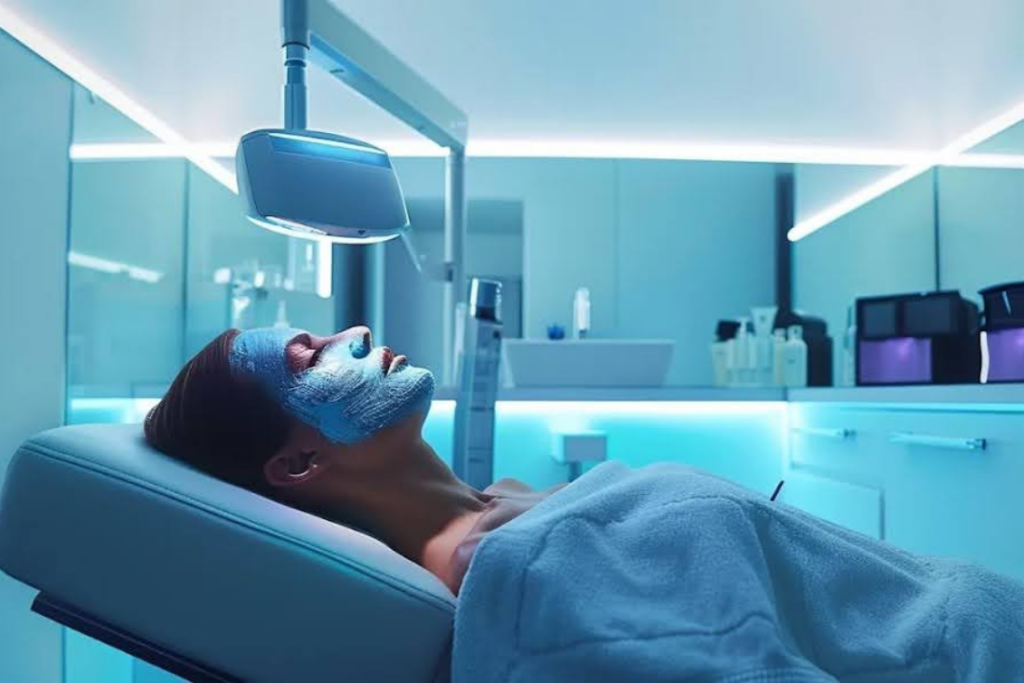
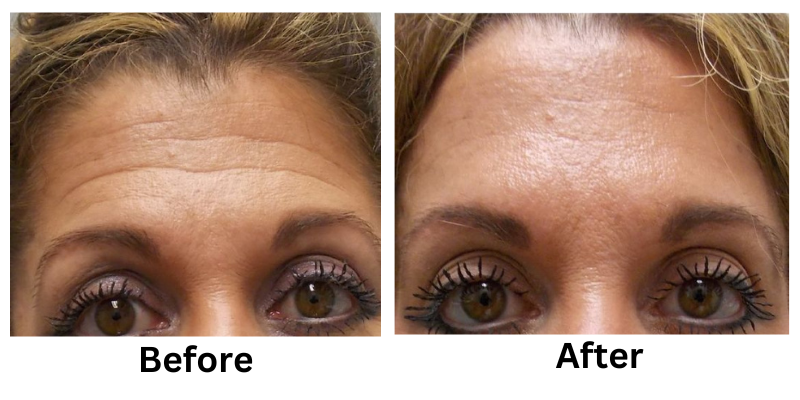


![[thumb]](https://slimmingsolutionsspa.com/wp-content/uploads/2023/12/botox1-150x150.png)
![[thumb]](https://slimmingsolutionsspa.com/wp-content/uploads/2023/12/Before2-150x150.png)
![[thumb]](https://slimmingsolutionsspa.com/wp-content/uploads/2023/12/Before3-150x150.png)


![[thumb]](https://slimmingsolutionsspa.com/wp-content/uploads/2023/12/Liquid-face-150x150.png)
![[thumb]](https://slimmingsolutionsspa.com/wp-content/uploads/2023/12/Liquid-face-1-150x150.png)
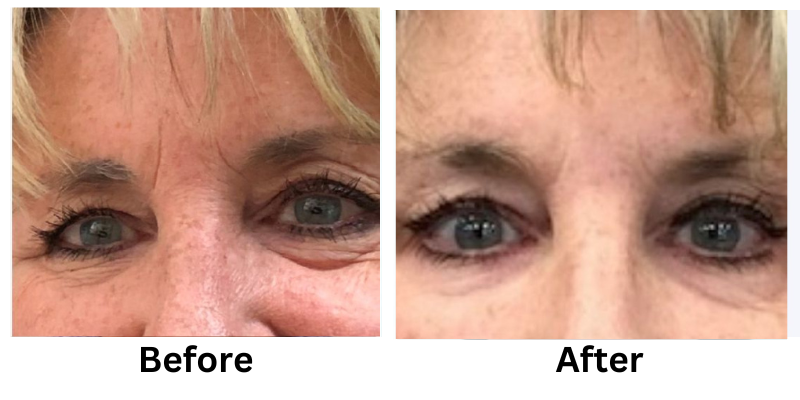
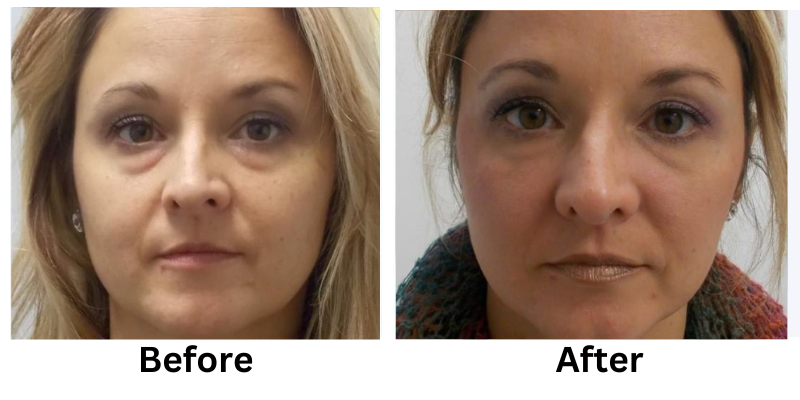
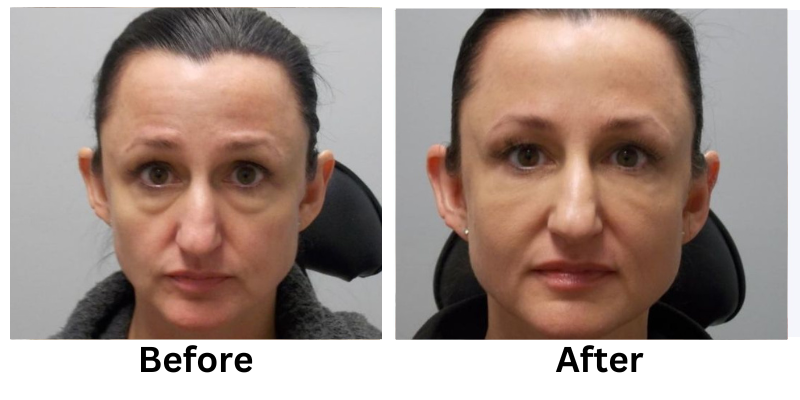
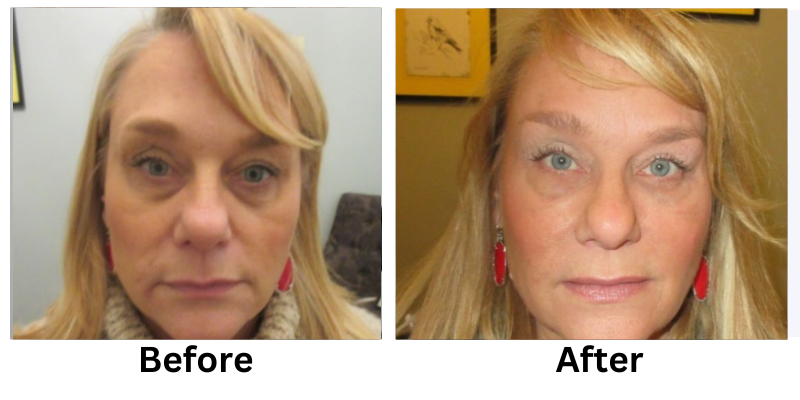


![[thumb]](https://slimmingsolutionsspa.com/wp-content/uploads/2023/12/revanesse-versa-1-150x150.png)
![[thumb]](https://slimmingsolutionsspa.com/wp-content/uploads/2023/12/revanesse-versa-2-150x150.png)
![[thumb]](https://slimmingsolutionsspa.com/wp-content/uploads/2023/12/revanesse-versa-3-150x150.png)
![[thumb]](https://slimmingsolutionsspa.com/wp-content/uploads/2023/12/revanesse-versa-4-150x150.png)
![[thumb]](https://slimmingsolutionsspa.com/wp-content/uploads/2023/12/revanesse-versa-5-150x150.png)
![[thumb]](https://slimmingsolutionsspa.com/wp-content/uploads/2024/01/Eyebrow-treatment-1-1-150x150.png)
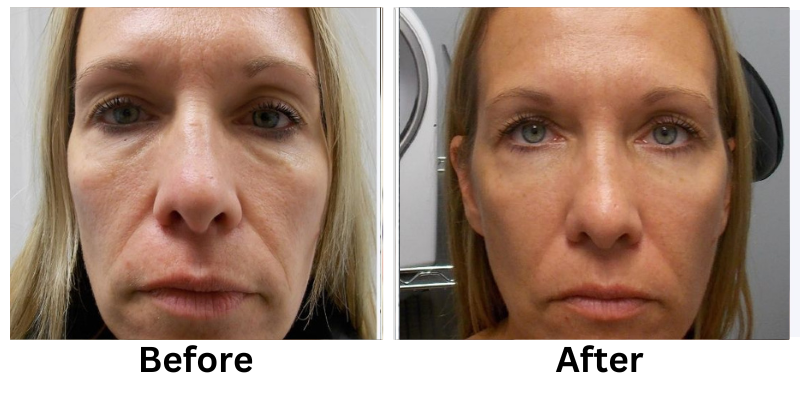
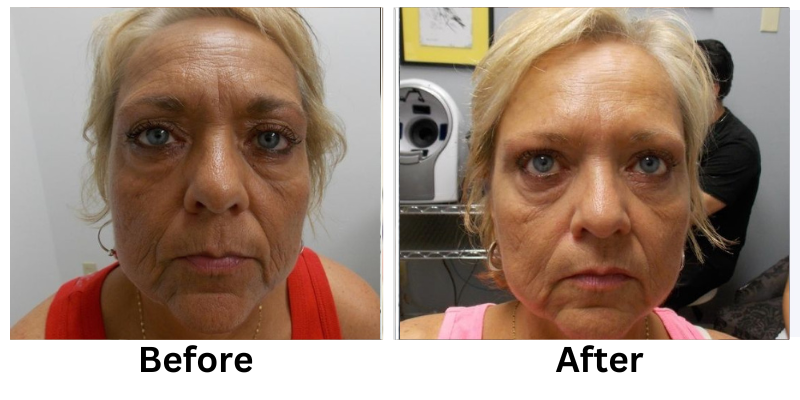
![[thumb]](https://slimmingsolutionsspa.com/wp-content/uploads/2023/12/Skin-Rejuvenation-1-150x150.png)
![[thumb]](https://slimmingsolutionsspa.com/wp-content/uploads/2023/12/Skin-Rejuvenation-2-150x150.png)



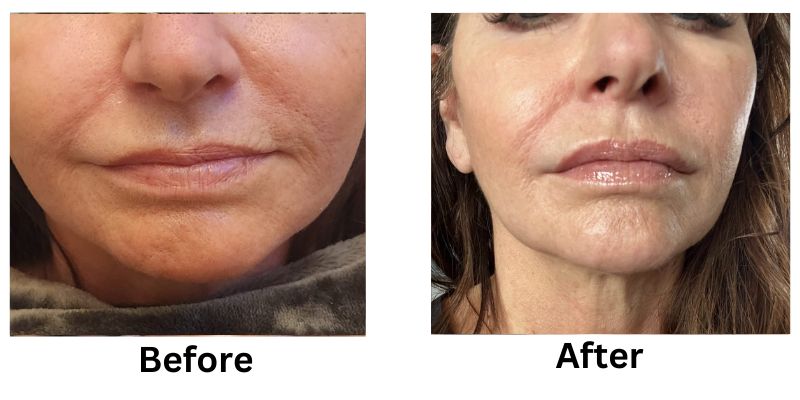
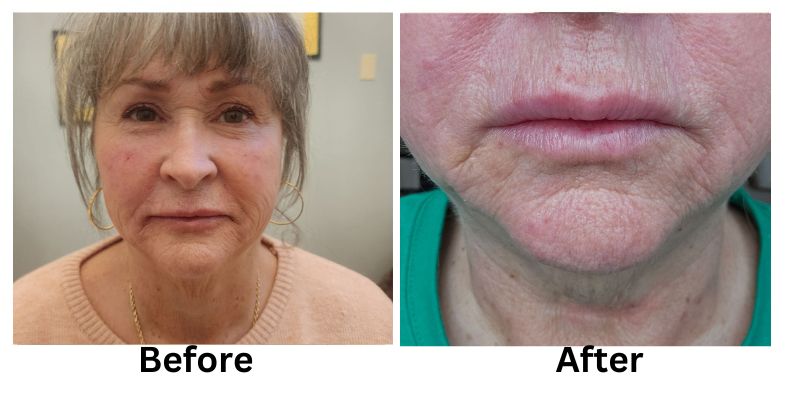
![[thumb]](https://slimmingsolutionsspa.com/wp-content/uploads/2024/01/Lip-Filler-1-150x150.png)
![[thumb]](https://slimmingsolutionsspa.com/wp-content/uploads/2024/01/Lip-Filler-2-150x150.png)
![[thumb]](https://slimmingsolutionsspa.com/wp-content/uploads/2025/02/Lip-Filler-1-150x150.png)
![[thumb]](https://slimmingsolutionsspa.com/wp-content/uploads/2024/01/Lip-Filler-150x150.jpg)
![[thumb]](https://slimmingsolutionsspa.com/wp-content/uploads/2024/01/Before-1-150x150.jpg)
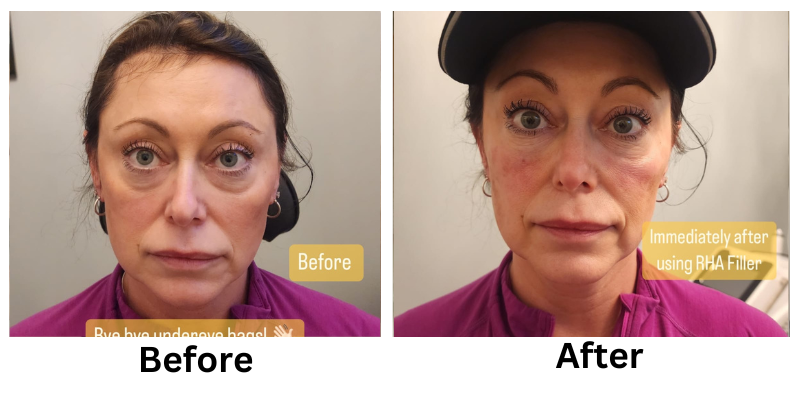
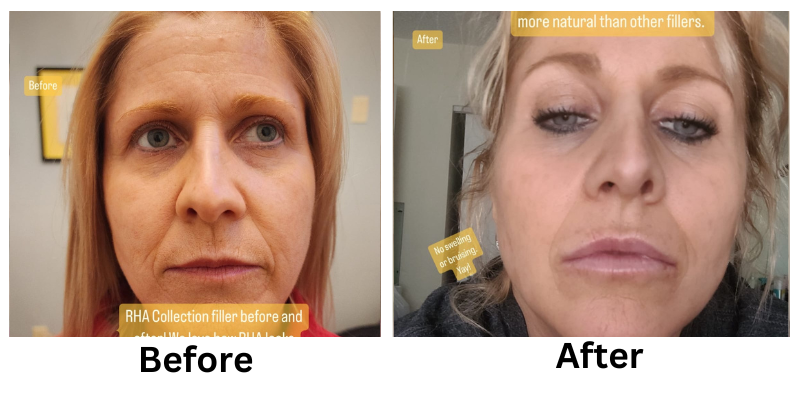

![[thumb]](https://slimmingsolutionsspa.com/wp-content/uploads/2024/01/RHA-Treatmetn-3-150x150.png)
![[thumb]](https://slimmingsolutionsspa.com/wp-content/uploads/2024/01/RHA-Treatmetn-2-150x150.png)
![[thumb]](https://slimmingsolutionsspa.com/wp-content/uploads/2024/01/RHA-Treatmetn-1-150x150.png)
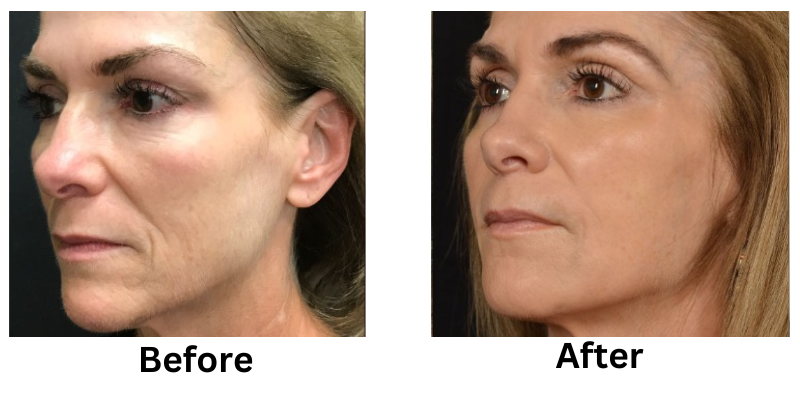

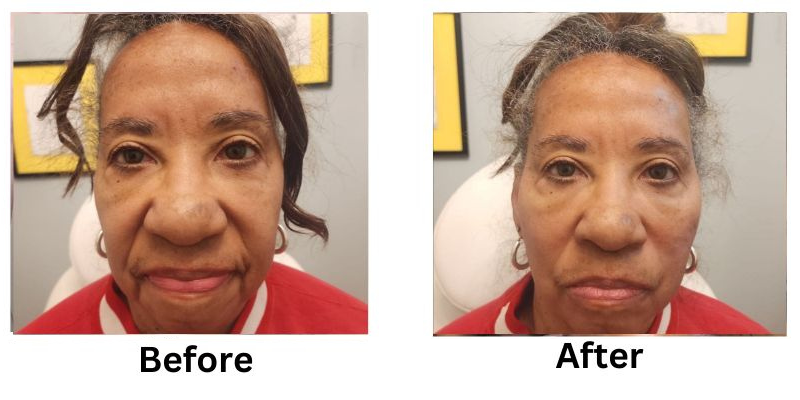
![[thumb]](https://slimmingsolutionsspa.com/wp-content/uploads/2024/01/Thread-Lifts-1-150x150.png)
![[thumb]](https://slimmingsolutionsspa.com/wp-content/uploads/2024/01/Thread-Lifts-2-150x150.png)
![[thumb]](https://slimmingsolutionsspa.com/wp-content/uploads/2025/02/Lip-Filler-2-150x150.png)
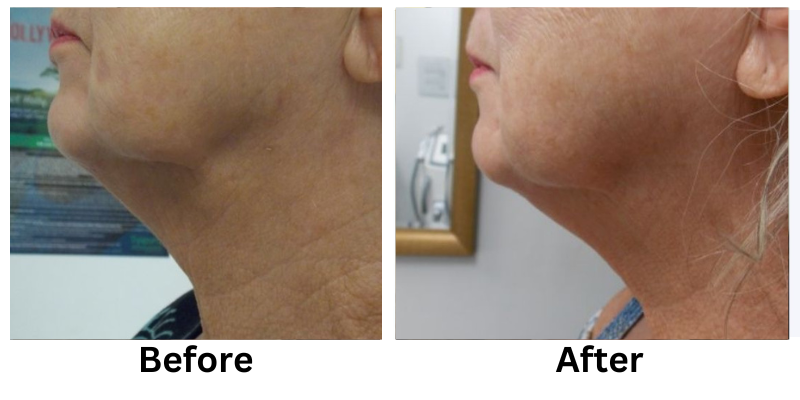
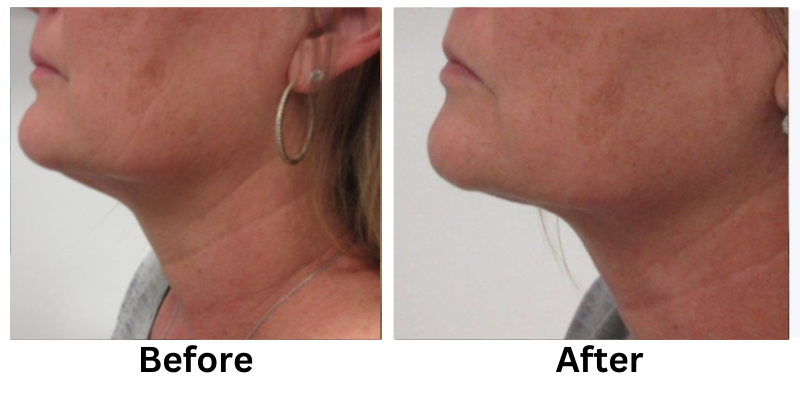

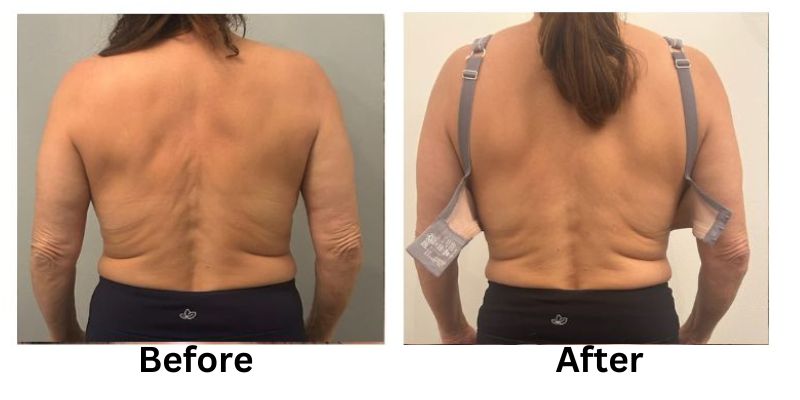
![[thumb]](https://slimmingsolutionsspa.com/wp-content/uploads/2023/12/skin-reuvulation1-150x150.png)
![[thumb]](https://slimmingsolutionsspa.com/wp-content/uploads/2023/12/skin-rejuvulation-2-150x150.png)
![[thumb]](https://slimmingsolutionsspa.com/wp-content/uploads/2023/12/Skin-Tighting-150x150.png)
![[thumb]](https://slimmingsolutionsspa.com/wp-content/uploads/2023/12/Before-150x150.jpg)

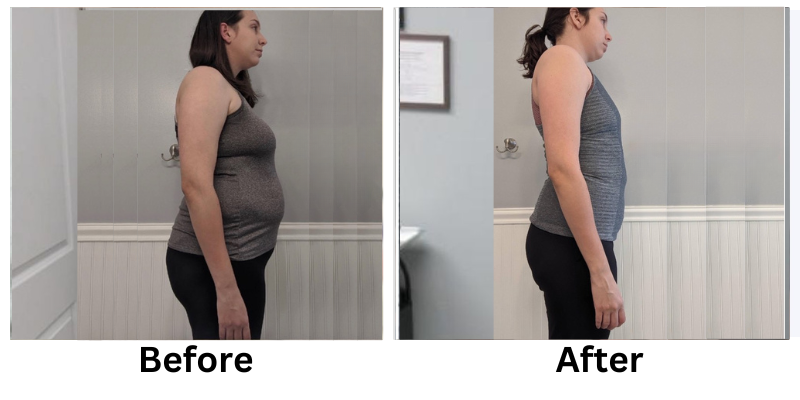
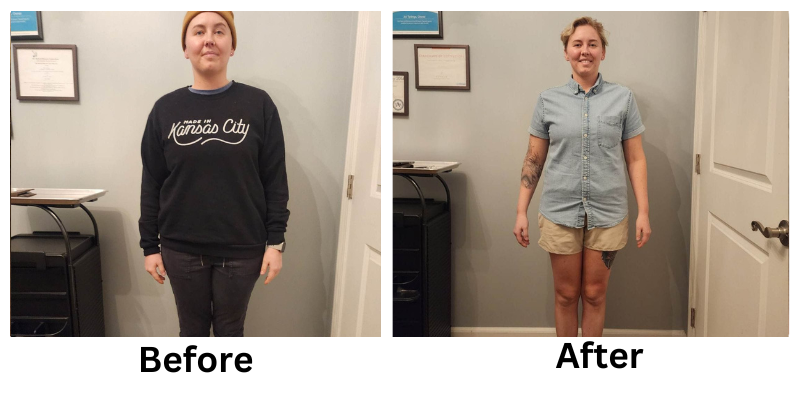
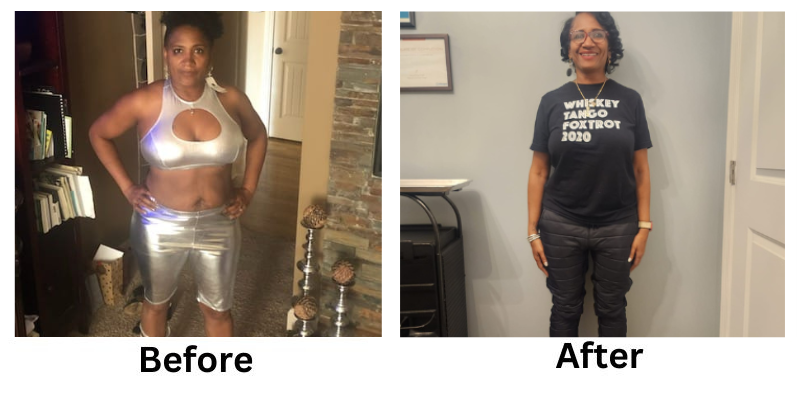
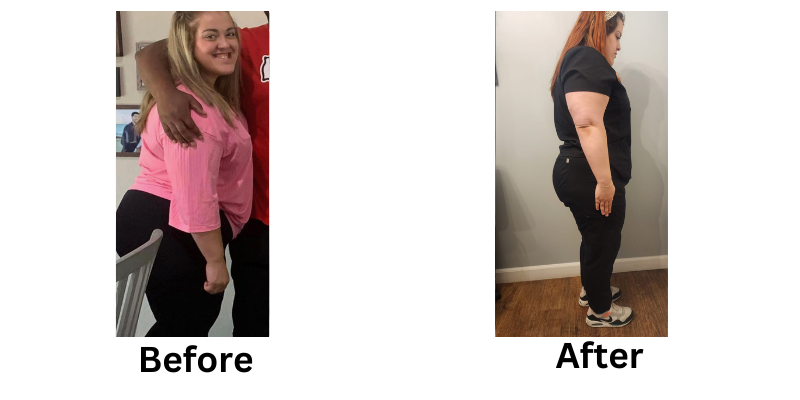

![[thumb]](https://slimmingsolutionsspa.com/wp-content/uploads/2023/12/weightloss-1-150x150.png)
![[thumb]](https://slimmingsolutionsspa.com/wp-content/uploads/2023/12/weightloss-2-150x150.png)
![[thumb]](https://slimmingsolutionsspa.com/wp-content/uploads/2023/12/2Weight-Loss-2-150x150.png)
![[thumb]](https://slimmingsolutionsspa.com/wp-content/uploads/2025/02/Weight-Loss-1-new-150x150.png)
![[thumb]](https://slimmingsolutionsspa.com/wp-content/uploads/2023/12/Weight-Loss-3-150x150.png)
![[thumb]](https://slimmingsolutionsspa.com/wp-content/uploads/2025/03/Slimming-Solutions-BA-Template-150x150.png)

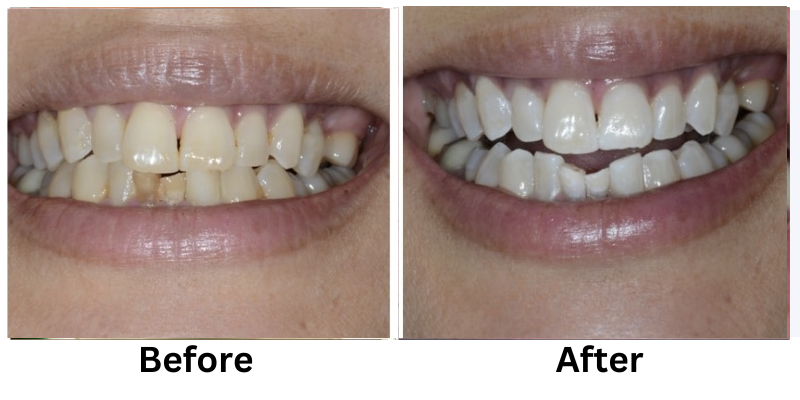


![[thumb]](https://slimmingsolutionsspa.com/wp-content/uploads/2023/12/dat3-150x150.png)
![[thumb]](https://slimmingsolutionsspa.com/wp-content/uploads/2023/12/dat-0-150x150.png)
![[thumb]](https://slimmingsolutionsspa.com/wp-content/uploads/2023/12/dat-1-150x150.png)
![[thumb]](https://slimmingsolutionsspa.com/wp-content/uploads/2023/12/Before-1-150x150.png)


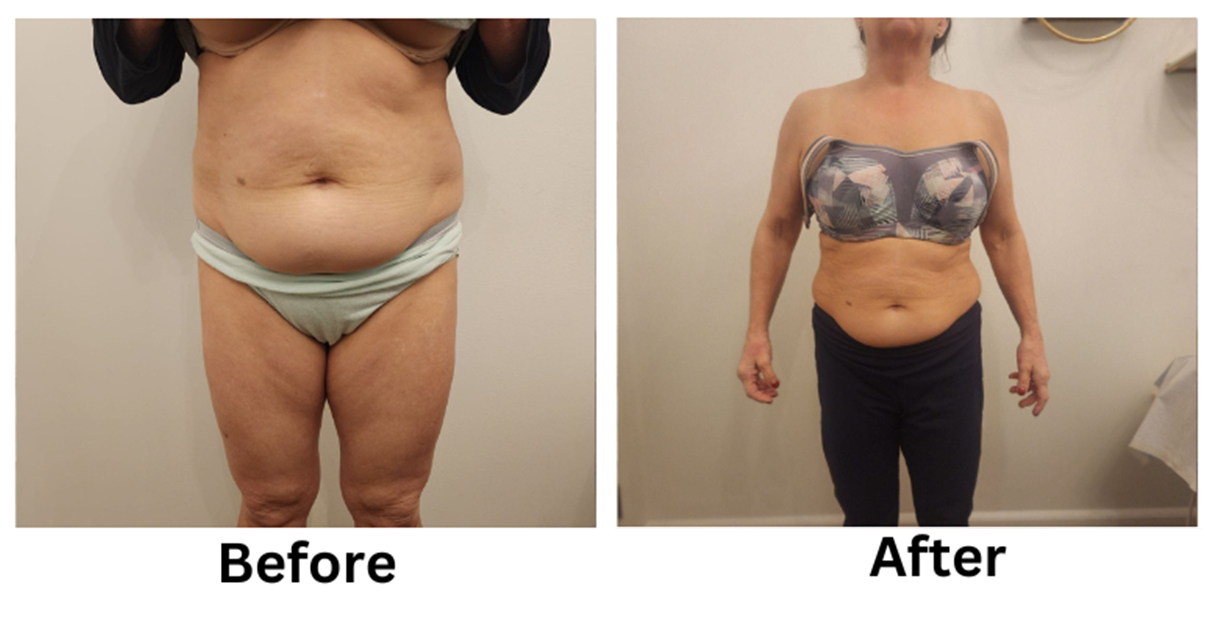
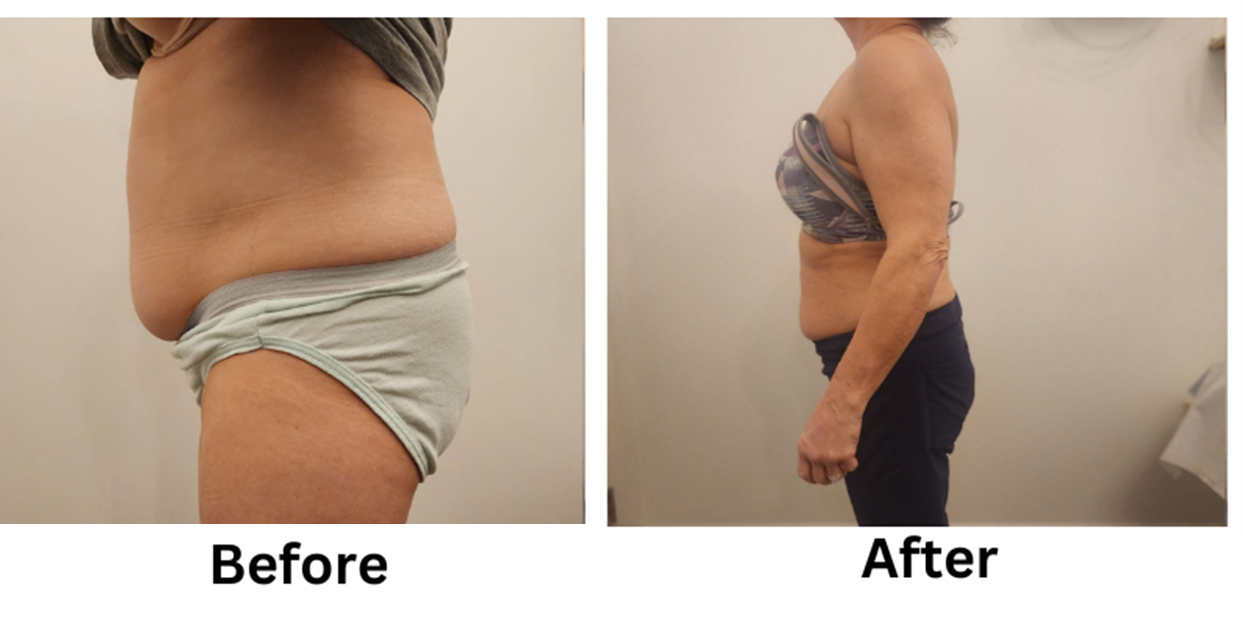
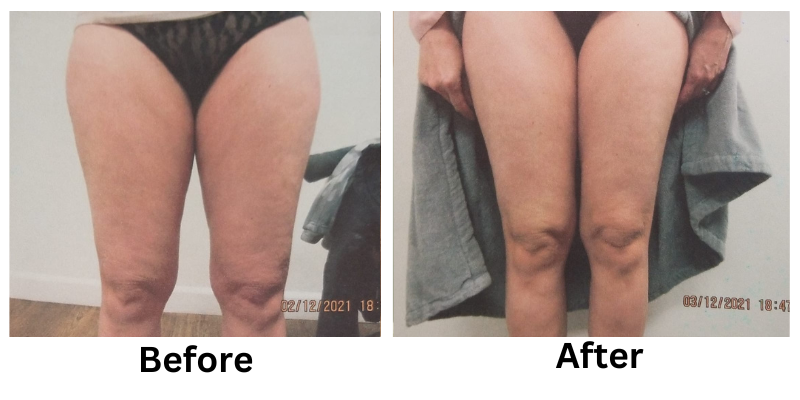
![[thumb]](https://slimmingsolutionsspa.com/wp-content/uploads/2024/01/EMS-Treatment-2-150x150.png)
![[thumb]](https://slimmingsolutionsspa.com/wp-content/uploads/2024/01/EMS-Treatment-1-150x150.png)
![[thumb]](https://slimmingsolutionsspa.com/wp-content/uploads/2025/02/ems-BNA-front-150x150.png)
![[thumb]](https://slimmingsolutionsspa.com/wp-content/uploads/2025/02/EMS-bna-SIDE-150x150.png)
![[thumb]](https://slimmingsolutionsspa.com/wp-content/uploads/2024/01/EMS-Treatment-6-150x150.png)






